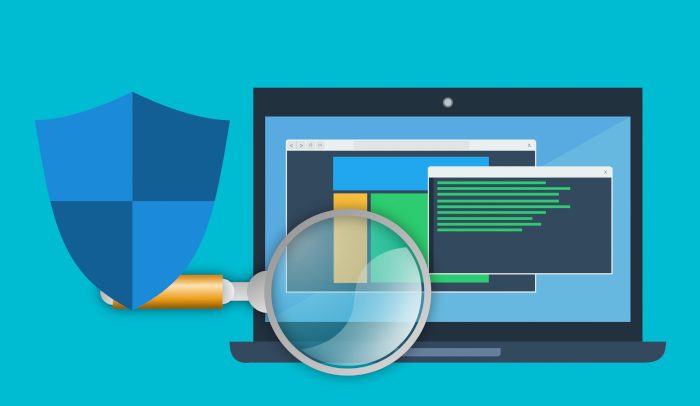Network Scanning in cyber security explained
If you want to learn more about network scanning, then the information below should give you the knowledge needed, so be sure to read with care.
1] What is Network Scanning?
OK, so network scanning is the simple process of troubleshooting all the active devices on your computer system for possible vulnerabilities. When a scan is initiated, it will analyze the devices currently connected by implementing one or multiple features found in the network protocol. The features used will try to spot vulnerability signals, and from there, deliver feedback on the security status of your network. If the network scanning tool is implemented properly, it will give the administrator certain insights into the proper ways to protect the network against attacks from cybercriminals.
2] How does Network Scanning work?
The easiest way to get a network scan up and running is to hire one or more network administrators. They have the skills required to scan your network to evaluate IP addresses and also to locate live hosts that are connected to the network. Now, since cybercriminals tend to use similar techniques to detect weaknesses in the network, the plan is to find the loopholes before hackers can discover them. From what we have gathered, Nmap (https://nmap.org/) is one of the best free tools designed for scanning your network. It aids in making it easier for administrators to map IP addresses and to detect any device attached to the network.
What are the types of Network Scanning?
There are two different types of network scanning, and they differ from each other since each method has a lot to do with what the user wants to achieve with their scanning.
1] What is Vulnerability Scanning
If you want to find vulnerabilities located on your, then you must take advantage of Vulnerability Scanning. By running a scan with this method, it will potentially expose threats that were hidden from your sight. Now, we must add that most organizations around the world require an IT department to run a vulnerability scan. However, if you want to get comprehensive feedback, then it might be best to hire a security expert who does not work for the company. Please note that vulnerability scanning can also be accomplished by cyberattackers wanting to find weak areas in your network. The best step is to find the weak spots first before these criminals make their move.
2] What is Port scanning
OK, so port scanning is very important because it allows the user to tell which open port in a network can send or receive data. Folks can use this method, then, to send packets that target multiple ports on a single device. From what we have gathered thus far, this process is great for identifying loopholes in a network. Now, once the port scanning procedure is completed, it will use the collected data to diagnose secure levels of each device. Read: How to enable Network scanning in Windows Defender.
Benefits of Network Scanning
There are several benefits to using network scanning methods to get jobs done. Let us look at a few them right now.
1] You will save some cash and some time
The option is there to manually scan your network, but this can be extremely time-consuming. Not only that, but you will likely lose money due to having to put your work on hold while manually scanning the network for threats. With the proper tools, network scanning is easy and automated, and much more so if you hire a professional.
2] Increase the performance of your network
Believe it or not, network scanning is capable of increasing the performance of your network along with maximizing the speed of operations. This is because a scan can remove clogs, which then creates a free flow for increased performance.
3] Stand firm against cyberattacks
We have stated already that cybercriminals will use network scanning to find vulnerabilities. This is why it is very important to regularly scan your network in order to find these problems before they do.
What is the purpose of Network Scanning?
The purpose here is to manage, maintain, and secure the computer system using data found by the network scanner. That is the basic gist of network scanning, so if you were expecting a confusing explanation, well, you’re out of luck.
What is a Network Scanning Tool?
A network scanner is a piece of application that is designed to scan your network for security misconfigurations in all the connected network devices. Not only that, but the network scanner tools are capable of categorizing devices on the network by IPs, MAC addresses, vendor, port, etc.

